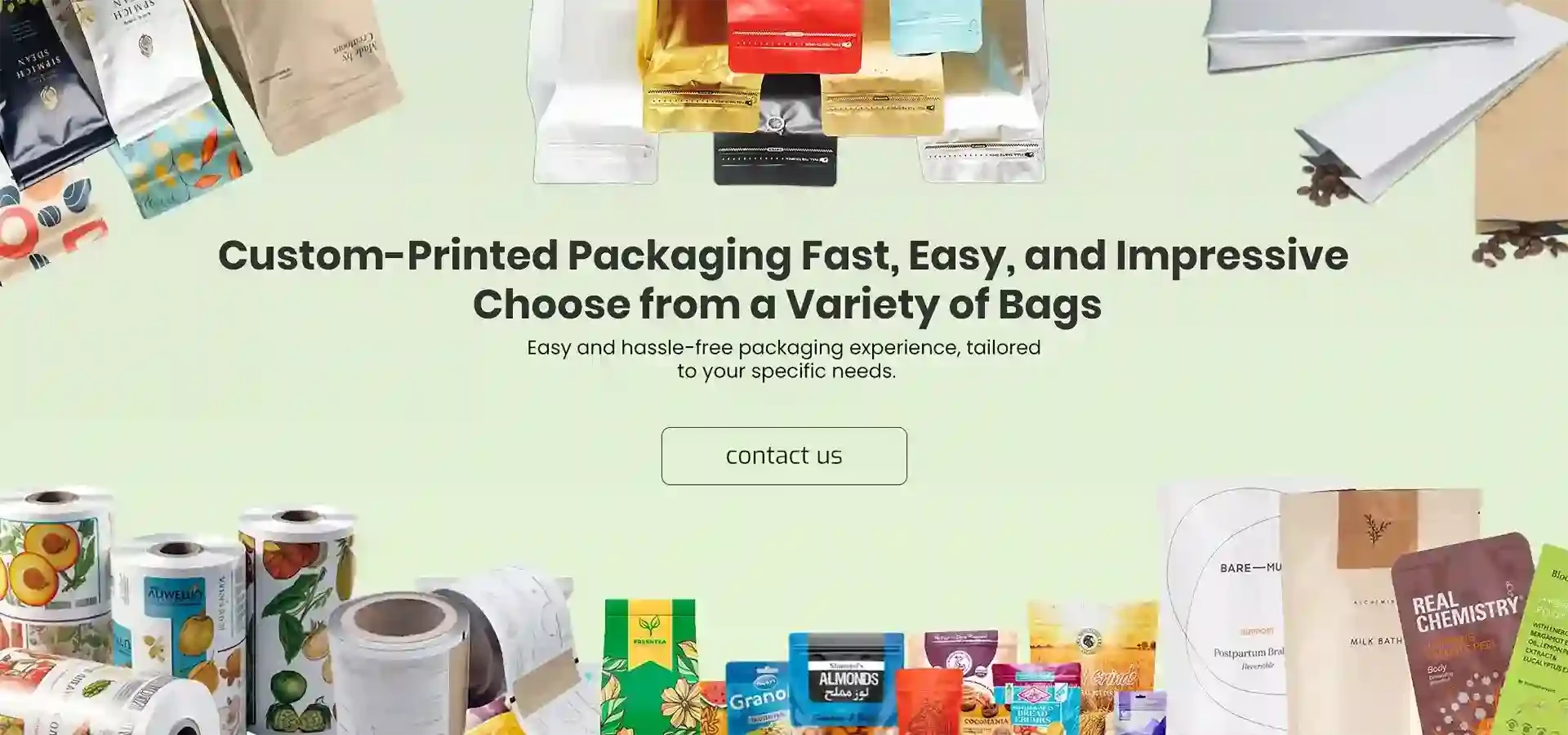Creative Approaches to Craft Beer Packaging Designs and Innovations
The Art and Impact of Craft Beer Packaging
In the world of craft beer, the experience begins long before the first sip. One of the crucial elements that create this experience is the packaging. Craft beer packaging is not merely about preserving the beverage; it is also an art form that communicates the identity of the brand, the quality of the brew, and the creativity behind its production. In recent years, the craft beer industry has seen a significant evolution in packaging designs, mirroring the innovation found in brewing methods and flavors.
Visual Identity and Branding
The packaging of craft beer serves as a canvas for brewers to express their brand identity. With thousands of breweries operating worldwide, it has become essential for brands to stand out on retail shelves and attract consumers’ attention. Color schemes, typography, and imagery play pivotal roles in conveying a brewery’s story. For instance, some brands might opt for minimalist designs that evoke a sense of sophistication, while others may choose vibrant, whimsical illustrations that resonate with a fun-loving audience.
Take the example of Sierra Nevada Brewing Co., known for its iconic pale ale. The packaging features earthy tones and scenes of the Sierra Nevada mountains, instantly connecting drinkers with the natural environment that inspires the brewery’s ethos. This clear visual identity not only aids brand recognition but also fosters a connection between the consumer and the product.
Communication of Flavor and Style
Craft beer packaging goes beyond aesthetics; it is also a means of communicating the flavor profile and style of the beer within. Descriptive labels can provide insights about the beer's ingredients, brewing techniques, and tasting notes. This information is crucial for consumers who are increasingly interested in knowing what they are drinking and are eager to explore new flavors.
For instance, a can featuring bold graphics coupled with vibrant colors may suggest an equally bold flavor profile, such as a double IPA or a fruited sour. Conversely, packaging with softer hues and classic fonts might indicate a more traditional lager or pale ale. Breweries are adept at using these visual cues to set expectations and entice consumers to venture outside their comfort zones.
craft beer packaging

Sustainability in Packaging
With growing environmental awareness, many craft breweries are now prioritizing sustainability in their packaging choices. Traditional materials such as glass bottles and aluminum cans are being reevaluated in terms of their environmental impact. Some breweries are choosing to use recycled materials or shifting towards biodegradable options.
One noteworthy example is the use of eco-friendly inks and adhesives in printing labels. Additionally, lighter cans reduce material use and transportation emissions, aligning with a shift towards more sustainable practices. By implementing such strategies, craft breweries not only enhance their market appeal among environmentally conscious consumers but also contribute positively to the planet.
The Rise of Limited Releases and Collectibility
Craft beer’s appeal often lies in its uniqueness and the creativity behind limited-edition releases. Packaging can play a significant role in marketing these specialty brews. Breweries often create eye-catching designs to signal a limited-time offering, turning the packaging into a collectible item. Consumers increasingly seek out these unique packages, which can lead to enhanced brand loyalty.
Specialty releases often come with intricately designed labels that reflect the beer’s character and story at a deeper level. A brewery may choose to feature local artists to design packaging for limited releases, creating not only a unique visual but also a community connection. This approach not only enhances the aesthetic value but also deepens consumer engagement with the brand.
Conclusion
Craft beer packaging is a vibrant and multifaceted aspect of the brewing industry. It encompasses elements of art, communication, sustainability, and collectibility, making it an essential part of the craft beer experience. As breweries continue to innovate in both brewing and packaging, consumers can expect to see even more creativity and improved sustainability practices on their local shelves. Each can and bottle tells a story, inviting beer lovers to partake in a journey that begins long before the first sip and continues far beyond it. In this ever-evolving landscape, the significance of craft beer packaging will undoubtedly continue to grow.













